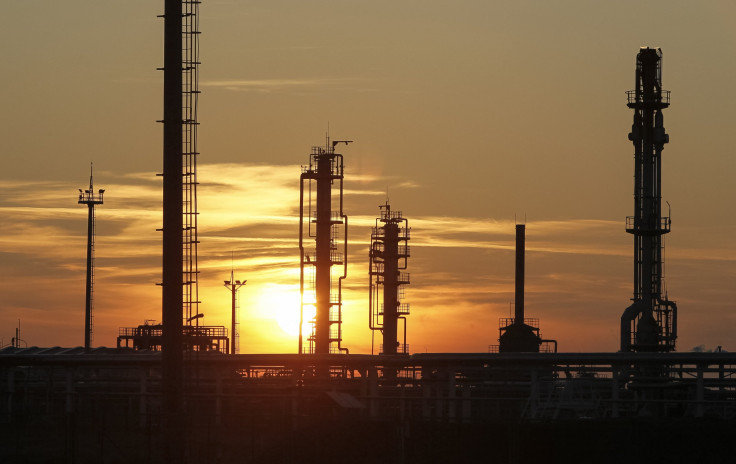Global Oil Markets Heading Toward Balance On The Back Of ‘Dramatic Reduction’ In Stocks, IEA Says

Global oil markets are heading toward a balance despite a faster-than-expected rise in Iran’s oil output, the International Energy Agency said in its latest oil market report released Thursday. In its monthly update, the Paris-based agency said that strong demand growth, coupled with falling production in the U.S., Canada, Nigeria and Ghana, would result in a “dramatic reduction” in oil stocks in the second half of the year.
Supply is expected to exceed demand by 1.3 million barrels per day in the first six months of the year, down from the IEA’s earlier projection of 1.5 million barrels per day. However, in the second half, the stocks are expected to witness a drastic slide and reduce the gap to just 200,000 barrels a day.
“The point being that we have the direction of travel towards balance and a big factor in the change in the stock-build picture between the two halves [of the year] is the major fall-off in production in the non-OPEC countries as a whole,” Neil Atkinson, the IEA's oil industry and markets head, told CNBC. “The market is very forward-looking and as it looks through the second half of 2016 and into the early part of 2017 there is a growing expectation that the market will, if not actually balance, certainly get very close to balance.”
In April, the OPEC’s crude output rose to 32.76 million barrels a day — the highest level since April 2008. This surge was driven by output growth in Iran, where supply rose to 3.56 million barrels a day — a level last seen in November 2011.
However, in the rest of the world, oil production continued to decline. As a result, in 2016, the non-OPEC supply is forecast to drop by 800,000 barrels a day to 56.8 million barrels a day.
“Stock builds are beginning to slow in the OECD: in the first quarter they grew at their slowest rate since the last quarter of 2014 and February saw the first draw in a year. In March, OECD commercial inventories fell by a slim 1.1 mb [million barrels], with preliminary data for April suggesting that stocks rebounded while oil held in floating storage rose,” the IEA said in its report.
In terms of demand growth, the first quarter saw robust gains in India, China and Russia.
“Demand is solid worldwide,” Tim Rudderow, president of Mount Lucas Management, told the Wall Street Journal. “Even in the U.S., we have given up on high-mileage [per gallon] cars and jumped back into our trucks and SUVs.”
Brent crude prices, which rose after the publication of the report and extended their recent rally, were trading down 0.64 percent at $47.77 a barrel at 3:50 a.m. EDT. The West Texas Intermediate, the U.S. oil benchmark, was also down 1 percent at $46.23 a barrel.
© Copyright IBTimes 2024. All rights reserved.






















